Recent economic data suggests China’s winning streak is coming to an end. Is this a temporary pause or is China’s economy taking a turn for the worse? If so, what are the causes for the change?
Evidence of recent weakness abounds. The HSBC Purchasing Index (PMI) printed 47.9 in September, showing the eleventh consecutive reading below 50. A reading below 50 means China’s manufacturing sector is contracting, not expanding.
China’s economic reform began with Deng Xiaoping’s slogan “Let some people get rich first.” Later on, “Development is of overriding importance” and “Maintaining stability is of top priority” were added. The paradigm objective was to preserve the rule of the Chinese Communist Party. Chinese macro policies have been set accordingly.
The priorities could be achieved if GDP growth remained high enough to prevent mass unemployment (stability) and foster the import of technology and investment in infrastructure (development). The objective Deng first stated—that some people get rich first—could be achieved by setting up ownership of the economy in a way that allowed communist party officials to reap most of the benefits of economic growth and stay in control (some get rich first).
Consequently, since the economic reforms—especially during the past two decades—the communist regime has set a high growth rate as the primary objective. Its economy has since grown at an average of 10 percent annually. High GDP growth was achieved primarily through exports and large investment expenditure. By now, however, neither exports nor investments can support China’s growth anymore.
Macro Policies Twisted Income Distribution
To understand why the two drivers of growth are not working anymore, one needs to go back to the original economic road chosen to find that the problem lies in unfair income distribution. This unfair income distribution originates from manipulating real interest rates.
High growth in exports was achieved by mercantilist trade policies and the undervaluation of the Chinese Renmimbi (RMB). High investment on the other hand was a direct result of extremely low real interest rates. Between 2003 and 2011, the average real interest rate on loans was about zero. This means whoever got loans from banks got money for free.
Most loans in China have been allocated to state-owned enterprises, and in the past decade, also to local governments and land developers. On the other side of that equation were the masses of Chinese savers who deposited their money for no real return.
Throughout the years, such low interest rates enabled the transfer of vast savings to the government and corporations, primarily the state-owned companies, for free. The zero real interest rates automatically forced Chinese depositors to provide such subsidies.
As a consequence, governments, large corporations, and state-owned enterprises accumulated lots of wealth in the process. Returns on capital investment were high in the past decades. In particular, as housing prices have increased over ten percent for several years, land developers and real estate companies made a huge fortune.
Many of the richest Chinese are associated with real estate. Local governments also increased their revenues by selling land. Revenues from land sales have increased to account for 30-50 percent of local fiscal revenues. Local governments rejoice seeing housing prices go up because it enables them to sell land at a higher price.
Macro Policies Widened Income Gaps
In the past decade China’s housing prices have more than doubled, widening the income gap.
The rich—corporation CEOs, senior management of state-owned enterprises and government officials —increased their wealth through soaring housing prices, because many of them can afford to own several pieces of real estate. According to the Survey Report on China’s Family Financial Situation, the top ten percentile income group owns 85 percent of China’s household assets.
The poor, on the other hand, have to put up all their savings to buy their first house and are heavily burdened by the mortgages. They become what they call “house slaves,” having to spend most of their income on mortgages.
As house prices keep rising, people in need of housing use up all of their lifetime savings to purchase a home. Many end up with large mortgages so that most of their monthly income has to be used to pay mortgages, leaving little left for consumption of real goods.
Therefore, as long as the housing bubble grows, consumption by the mass—“house slaves” and “house slaves to be”—which need real disposable income growth, will only decline.
The macro policy chain—currency undervaluation, low interest rates, high investment, and high housing prices drove up exports and investment at the expense of consumption. Without changing the current macro policy, sustained growth through consumption represents only empty words.
Macro Policies Drive Down Consumption Share
This, in part, explains why the share of private consumption as a GDP constituent has spiraled down, a spiral which accelerated in the last two decades. China’s consumption share of GDP went down from 47 percent in 1990 to 34 percent in 2011.
Many people thought that China’s low consumption share is due to the Chinese habit of saving a large proportion of their income. This, however, is only part of the picture.
According to the most recent published Survey Report on China’s Family Financial Situation, 75 percent of China’s savings come from the top ten percentile income group of the population. About half of the Chinese population have only limited or no savings. On top, the rich can put their savings in real estate and other real assets, whereas the poor are left with zero-return bank deposits.
If the vast majority does not have a lot of savings or cannot generate a decent return, their income must be spent exclusively on daily necessities. They simply do not have enough money to spend. This is probably the main reason why China’s consumption share of GDP has continued declining.
Tianlun Jian, Ph.D., writes regularly on the Chinese economy and advises The Epoch Times on economics. His blog is Chineseeconomictrend.blogspot.com
The Epoch Times publishes in 35 countries and in 21 languages. Subscribe to our e-newsletter.
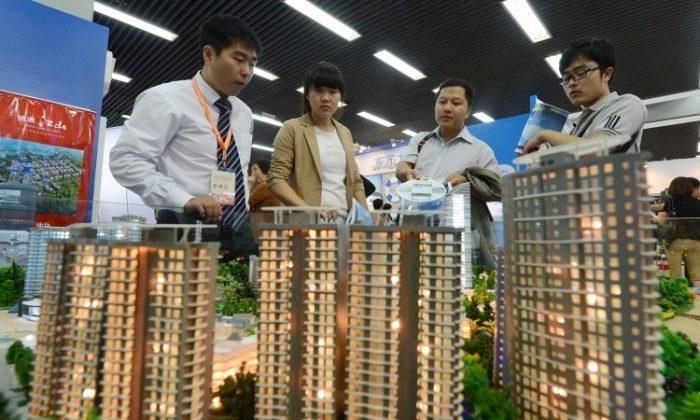
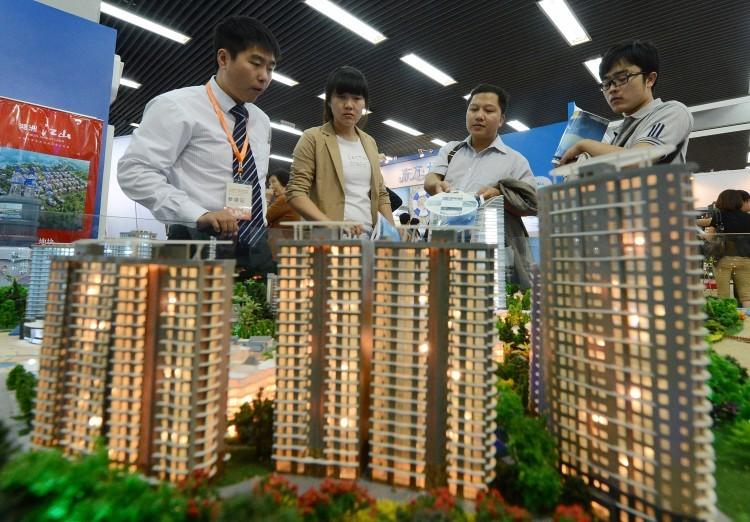
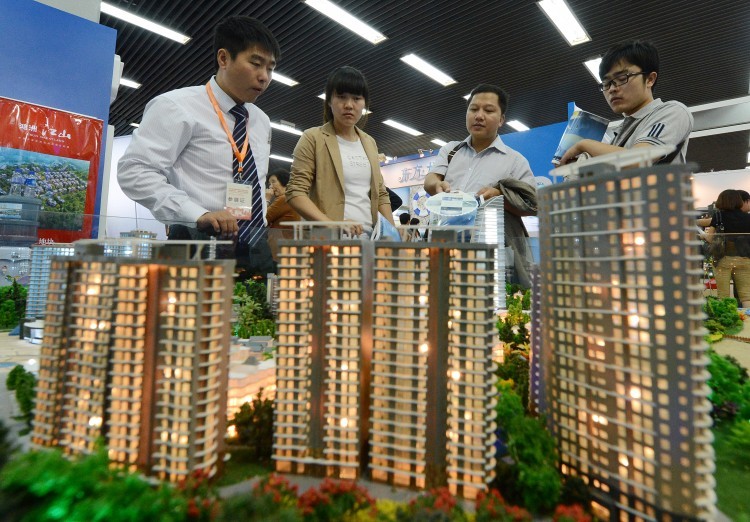


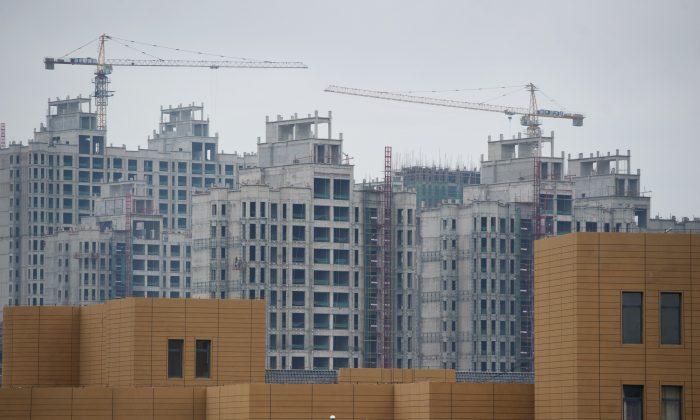
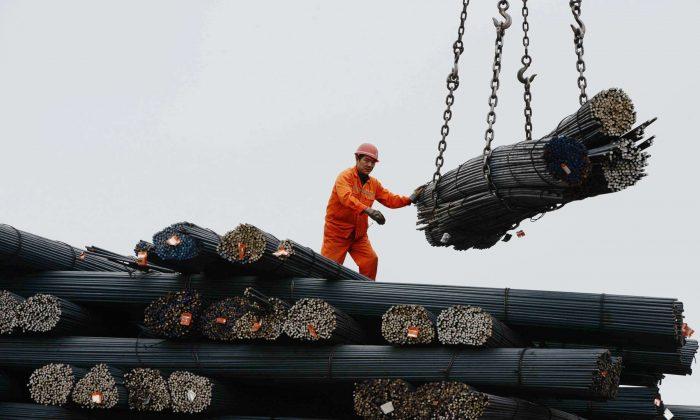
Friends Read Free